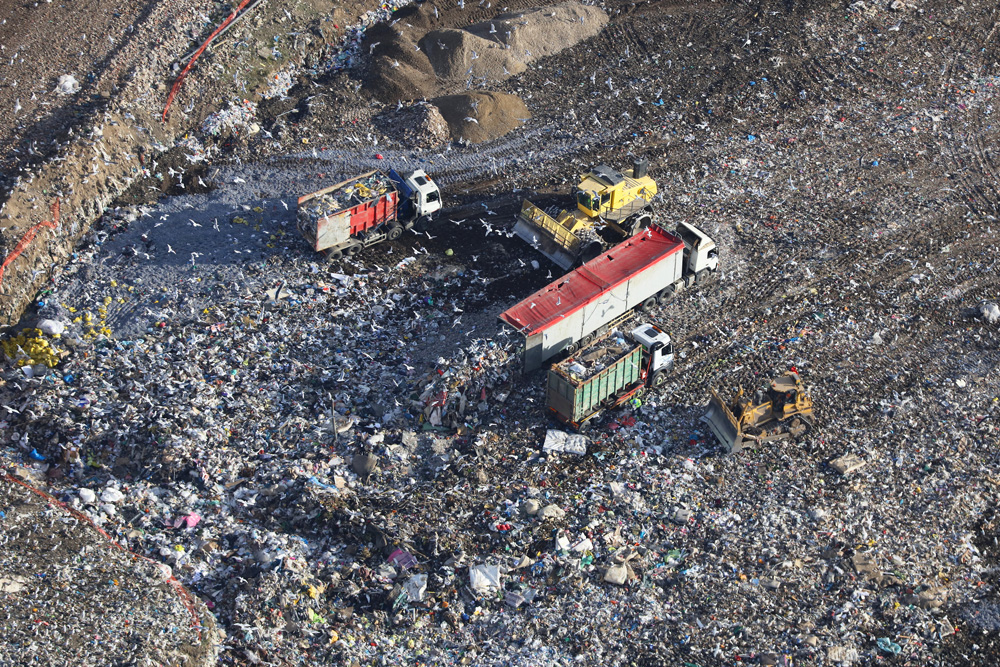From April, local authorities will decide which areas of service improvement they need to prioritise, under local area agreements that are the government's attempt to decentralise decision-making for local services.
Just ahead of their publication, Defra's minister for waste and recycling said the government wanted local government to prioritise the three national indicators relating to waste. These include a recycling and composting rate, a municipal waste landfill rate and a residual waste production per household indicator.
The indicators are set to replace recycling targets and the Best Value Performance Indicators system from April 1.
Under the system local authorities can choose 35 “priority targets” to be included within a Local Area Agreement – and don't necessarily have to prioritise waste and recycling targets. These priority targets will then be enforced by government if councils do not perform well.
Current indications are that most local authorities appear to be choosing at least two of the three waste indicators, particularly the recycling and composting indicator.
But Mrs Ruddock stressed in a Westminster Hall debate on Thursday that she wanted to see those poorer performing authorities including all three waste indicators within their local area agreements.
She said: “The three main waste indicators that we said we would bring in have been included in the new performance framework, and we have given particularly strong encouragement to poorly performing authorities to include them in their area agreements.”
The final publication of the indicators came after a technical consultation last autumn by the DCLG on their monitoring and measurement.
Local area agreements and performance indicators will be discussed at next month's Recycling and Waste Forum 2008, including speakers from Defra and LARAC.
Click here for more details >>
Mrs Ruddock suggested the move to indicators, away from imposed central government targets might see councils supporting more home composting.
She said: “If local authorities had a statutory recycling and composting rate imposed on them, they could argue that they needed the compost to reach a target. However, they will no longer have that target. If people compost at home, local authorities benefit because they have less to send to landfill.”
Residual waste
One of the issues discussed by local authorities within the autumn consultation was whether the residual waste arisings indicator should be measured on a per household basis or per head of the population.
In the final publication on Friday, the DCLG stated that national indicator (NI) 191 would be residual waste per household. This is to be measured in kilogrammes, refer to household waste – not municipal waste – and would include waste collected by collection authorities, civic amenity sites and by third parties like community groups that are paid recycling credits.
This indicator is similar to the old household waste per head indicator, except that it measures only the waste not sent for re-use, recycling, composting or anaerobic digestion.
Re-use and recycling
Indicator 192 is stated as percentage of household waste sent for re-use, recycling and composting, combining the previously separate BVPI indicators for dry recyclables and green waste composting – and emphasising the re-use aspect.
It is defined as the tonnage of household waste collected that is sent for re-use, recycling, composting or anaerobic digestion. It excludes incinerator residues even if they are recycled, and also excludes material collected for recycling that is then rejected to disposal while in the possession or control of the local authority – at collection, during sorting in a MRF or at the gate of a reprocessor.
Recycling under indicator 192 can include materials collected as part of the residual stream before being separated for recycling by a facility like an MBT plant.
Incinerator residues
There is a question as to whether residues from incinerators then sent for recycling – for example metals or ash – would count as having been recycled under the waste indicators. Defra said in its autumn consultation that it was minded to include recycled incinerator residues within recycling indicators. Yet under the published indicators dealing with the amount of household waste recycled, Defra has explicited stated that household waste does not include “incinerator residues (even if the residues are not landfilled)”.
Incinerator operators have told letsrecycle.com that there is a need for further clarity from Defra on this issue.
Landfill
The third indicator is NI 193, involving the percentage of municipal waste sent to landfill. The only one of the three indicators to take in municipal waste rather than household waste, this includes all waste collected on behalf of local authorities, including trade waste.
Definitions of municipal waste are those used for the Landfill Allowance Trading Scheme.
Other environmental indicators included within the new National Indicators are those on carbon dioxide emissions (NI 185 and 186), adaptation to climate change (188), air quality (NI 194), street cleanliness (NI 195), fly-tipping (196) and street cleanliness (197).












Subscribe for free